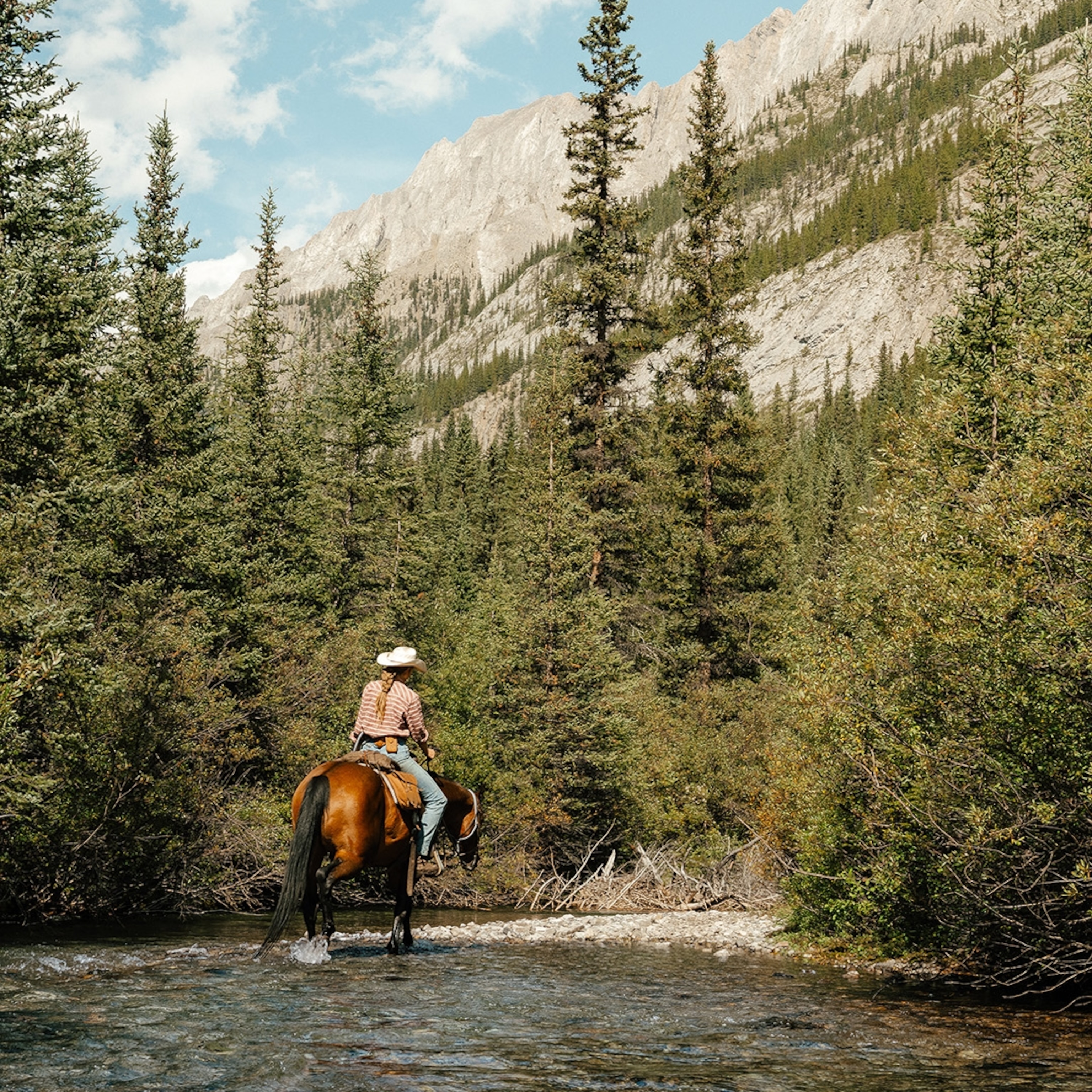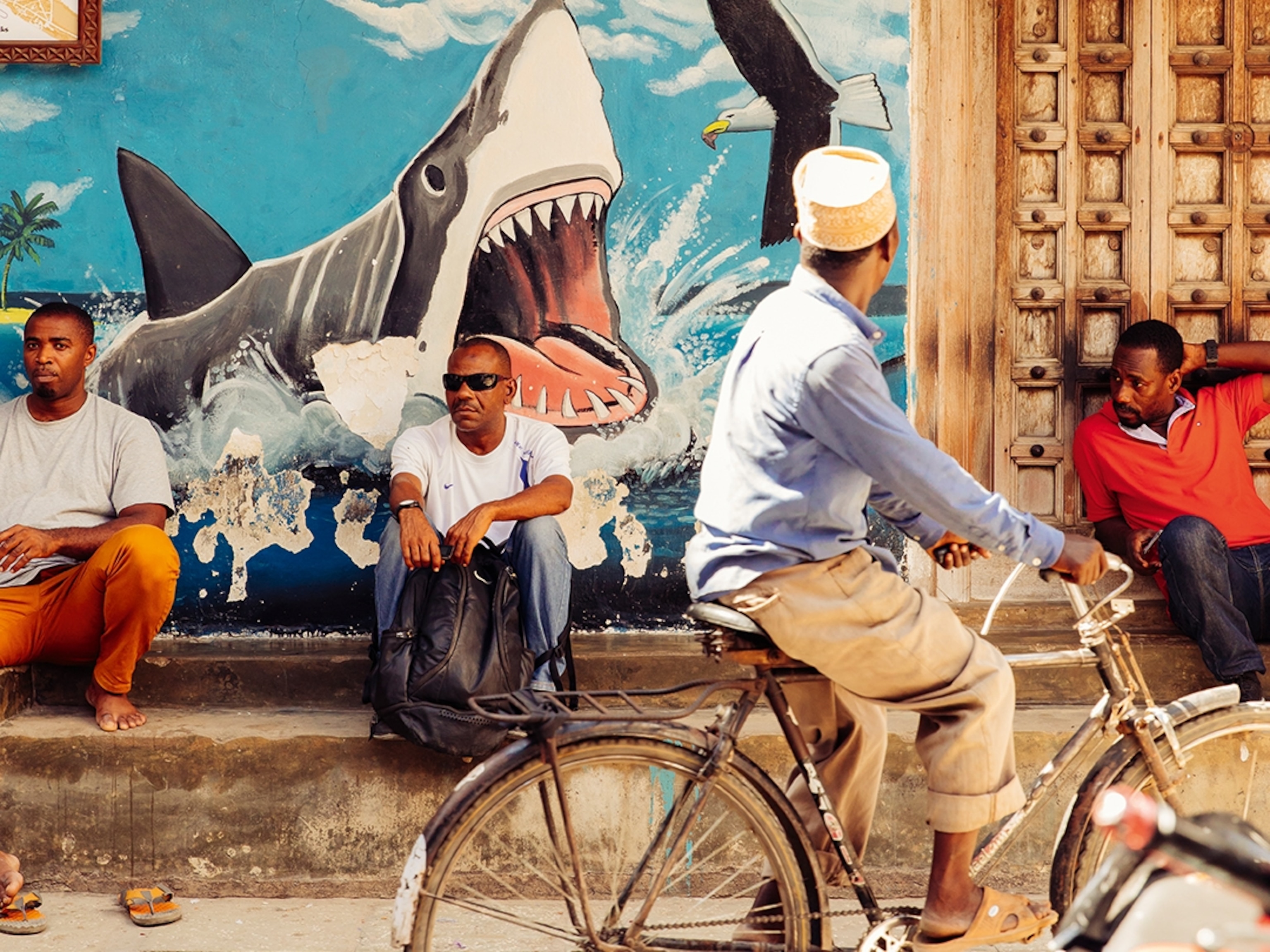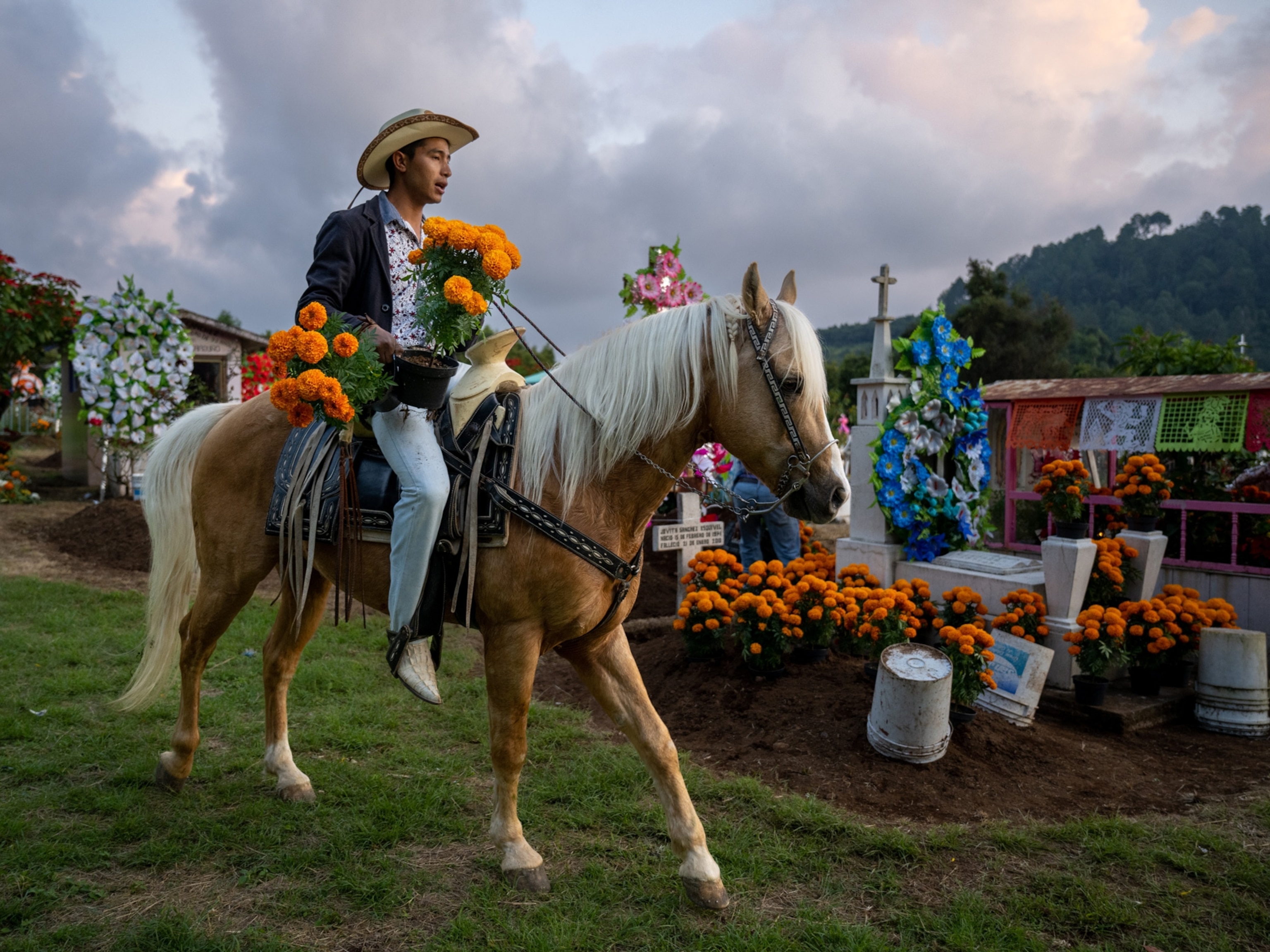Indigenous tourism is thriving in Canada—here’s why
While traditional offerings like museums and wilderness remain popular, more unexpected experiences, like food and storytelling, have also proliferated. “We are redirecting the narrative that has been written for us.”
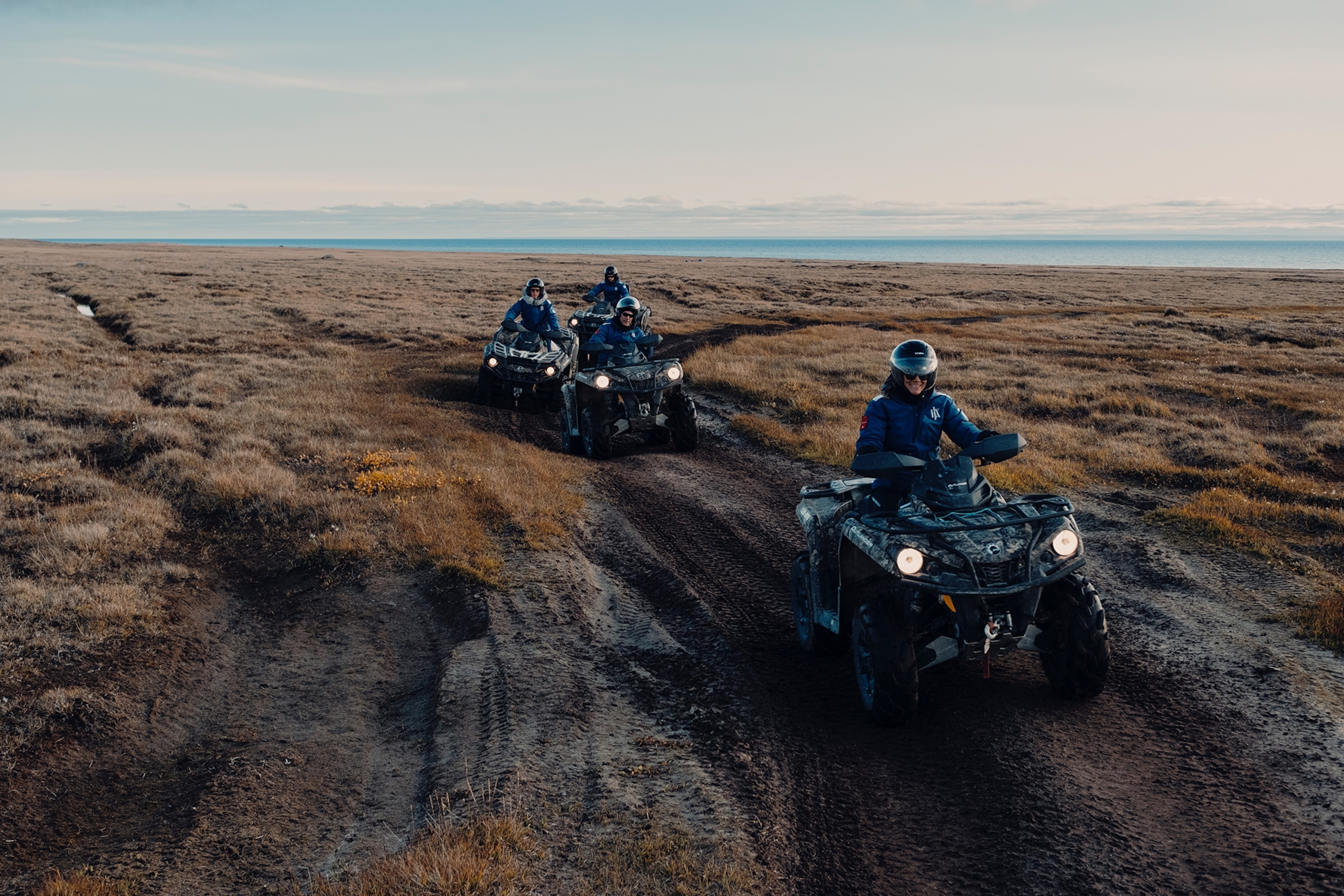
Indigenous tourism is growing. The World Travel & Tourism Council projects that it will add $67 billion to the global travel economy by 2034. The world leader is Canada, where 1.8 million people identify as First Nations, Inuit, or Métis, the country’s three primary groups of native-born people. According to a report by the Conference Board of Canada, in 2023, Indigenous tourism contributed $1.2 billion in revenue, nearly twice that in 2017, and supported more than 50,000 jobs across the country.
HX Expedition’s Northwest Passage & Arctic Canada cruise is the newest example of the rising tide of Indigenous tourism. In a radical revamp of the traditional cruise model, “Through the Arctic Labyrinth” not only highlights the raw beauty of lesser-known places but also serves to highlight the culture and traditions of the Inuit, who have been stewards of the region for 5,000 years.
(These Indigenous women are reshaping Canada’s tourism industry.)

“I often compare it to visiting someone’s home. In the past, it felt like ships were letting themselves in and walking out the back door without conversation,” says Mariah Erkloo, an Inuk product planner who helped co-create HX’s land-based excursions with the local communities. “The turning point comes when the ‘homeowner’ opens the door, invites you in, and you walk together, sharing perspectives.”
History of Indigenous tourism in Canada
Although the term Indigenous tourism came into mainstream use only in the past few decades, the concept is centuries old. The first explorers and colonizers in the New World relied on Indigenous guides to help them safely transit unfamiliar paths and waterways and teach them to live off the land.
As travelers’ tastes have evolved, so have the country’s Indigenous experiences. The most visible transformation began in the 1990s, with a wave of Indigenous-owned casinos and resorts.
Through Canada’s vast size and range of Native populations—the largest of its three groups, First Nations, is comprised of more than 630 communities representing 50 nations and 50 languages—a respectful collaboration has cultivated a deep cultural understanding to curate uniquely new and different travel experiences.
Shannon McEwen, Indigenous tourism development specialist with Explore Edmonton, and a member of the Otipemisiwak Métis government, says, “Globally, what sets us apart is our [diversity]. Depending on what province you’re in, what territory, the Indigenous tourism experience is going to be completely different.”
(Meet the Métis: culture and crafts with the First Nation people of Alberta.)
Canada’s modern-day Indigenous experiences
British Columbia, Ontario, and Québec have the largest share of Canada’s nearly 3,000 Indigenous organizations and entrepreneurs, including museum curators, wilderness guides, performers, and artisans. Food and storytelling fuel the usual experiences, but unexpected offerings have proliferated.
In Edmonton, tourists can take a guided nature walk to learn about plants used by the Métis people for food and medicine. Stay at a stylish hotel inspired by longhouses, Native American communal dwelling spaces, at a Huron-Wendat reserve near Old Québec, or go glamping under the Northern Lights on Piikani Nation land in Alberta. Paddle a replica Lək̓ʷəŋən canoe in the waters of Victoria Harbor, off Vancouver Island, while learning about the history of First Nations people. Attend Indigenous Fashion Week in Vancouver, or the Great Northern Arts Festival, a five-day celebration of Arctic Canadian Indigenous art, culture, and music, in the Northwest Territories. In Ottawa, book an encounter with the endangered Ojibwe Spirit Horse. The latter includes a self-guided Trail of the Native Ponies pathway, where you can hear the teachings of elders and knowledge keepers, view Indigenous art, and take a private walk with the Spirit Horses.
(Go beyond French Canada and explore a different side of Québec.)
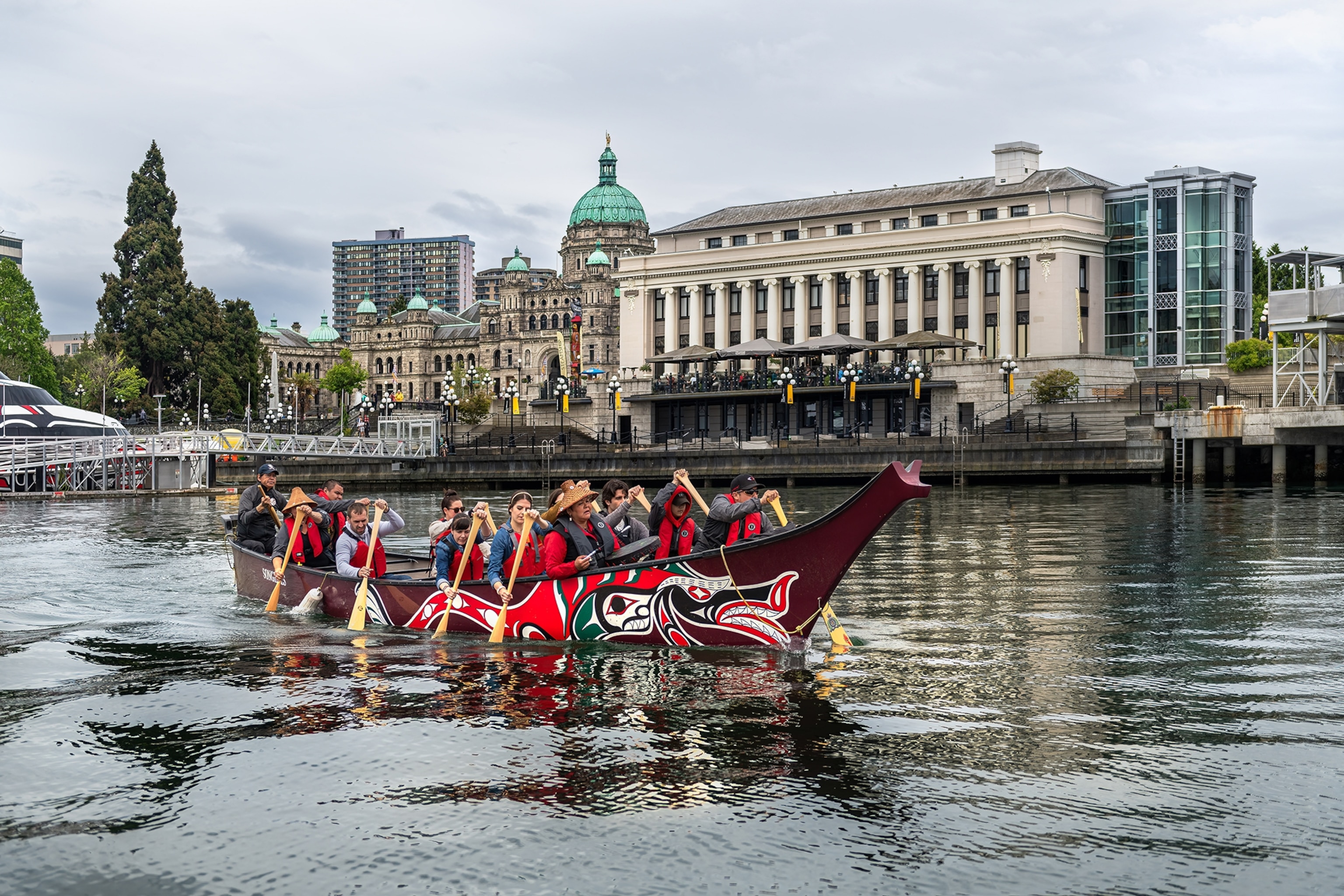
“We make sure that our groups are small, so we have a connection with each guest,” says Talaysay Campo, who is both Squamish and Sechelt, and is co-owner of Talaysay Tours in British Columbia. The company offers a variety of activities, from kayaking and forest bathing to sustainable harvesting and drum meditation workshops—a guided meditation experience in which attendees are encouraged to connect through rhythm, sound, and spirit.
Campo has found the bonds forged between travelers and communities to be profound. “I feel like we are redirecting the narrative that has been written for us,” she says. “Not just in tourism, but throughout all of Turtle Island.” (Turtle Island is a term for North America that comes from Indigenous creation stories.)
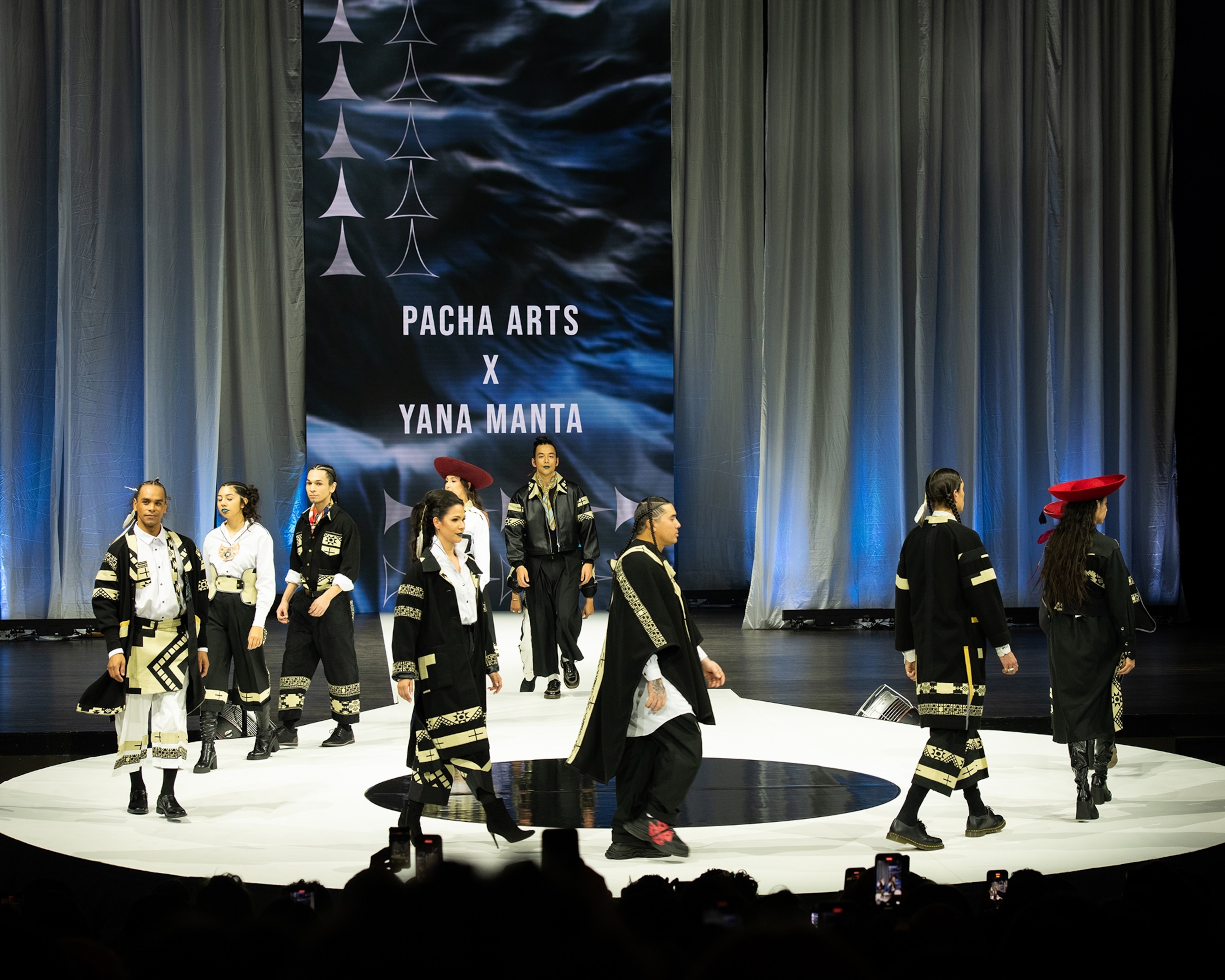
Even in the Atlantic provinces, which make up about 11 percent of Canada’s Indigenous tourism activity, new experiences are on the rise. Among them, guests can participate in a glassmaking workshop in Nova Scotia, creating their own glass art inspired by Mi’kmaq symbolism, or in kayaking and food-foraging tours with a Metepenagiag guide in New Brunswick.
On Lennox Island, a Mi’kmaq community off the northwest coast of Prince Edward Island, “Bannock and Clams in the Sand” combines Indigenous storytelling with making Bannock, or traditional bread. The immersive experience is the result of conversations with community elders about food security, says Jamie Thomas, director of culture and tourism the Lennox Island First Nation, and a member.
After the leaders shared stories of baking bread surreptitiously in the sand to avoid the ire of white colonizers, the community realized it was the perfect vehicle for combining entertainment with cultural exchange.

“There’s an educational component that people are really looking for,” Thomas says, especially in light of recent findings of mass graves at some of Canada’s now-defunct residential schools, where Indigenous children were forced to reside in the 19th and 20th centuries after being torn from their families.
“What we’ve done is create hands-on experiences that allow you to learn about our history with colonization, and to really celebrate the unique perspectives that Indigenous people have,” Thomas explains. “We want people to take that journey with us.”
Tourism experiences such as these are economic drivers, creating jobs and business opportunities, usually in remote areas. Less tangible but even more potent, Indigenous experiences facilitate cultural revitalization by preserving traditional knowledge and languages and encouraging sharing within communities. “It’s about self-determination and empowerment,” says McEwen. “It allows communities to control how their culture and land are presented. It’s a platform for capacity building and skills development.”
McEwen is especially encouraged by Indigenous youth who now realize that tourism and hospitality are viable career options. “We’re seeing Indigenous communities and individuals taking their place in the national economy, providing for themselves and their families. That’s not just for today, but for coming generations,” she says.
(See America’s parks with Indigenous peoples who first called them home.)
Bridging cultures
Indigenous and non-Indigenous groups are collaborating on everything from tours to multimedia marketing campaigns. Learning from the land is a key theme.
Paula Amos, chief marketing and development officer for Indigenous Tourism British Columbia, and a Nuu-chah-nulth woman, points to her community’s philosophy Hishuk ish tsawalk, or “Everything is one; all is interconnected.” The universe, Amos explains, “is an integrated whole, and all living things, including humans, plants, and animals, are connected. It emphasizes the importance of respecting this interconnectedness and caring for the natural world as part of a larger unified system.”
Ultimately, the transformative power of Canada’s Indigenous tourism experiences lies not in their novelty but in their authenticity. Erkloo says, “Visitors aren’t just watching from the outside—they’re part of the community for that moment. That’s very different from traditional tourism. It’s shared, and it’s real.”
(Five ways to experience Indigenous tourism in the U.S.)

